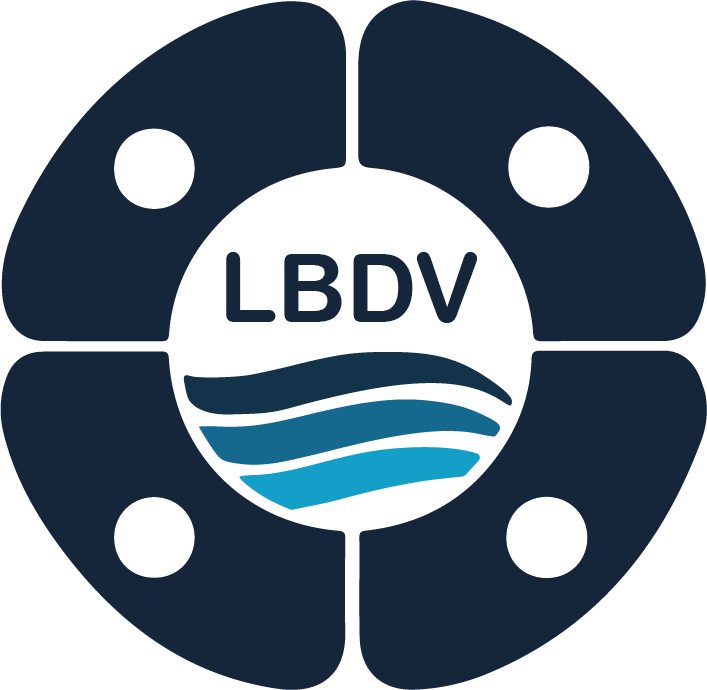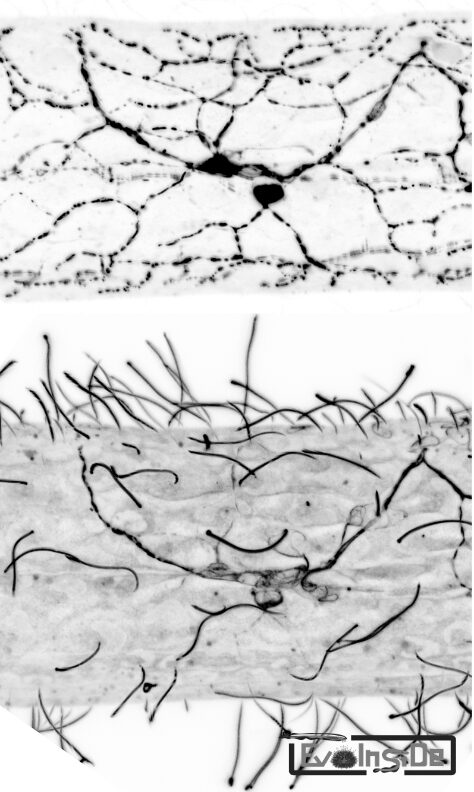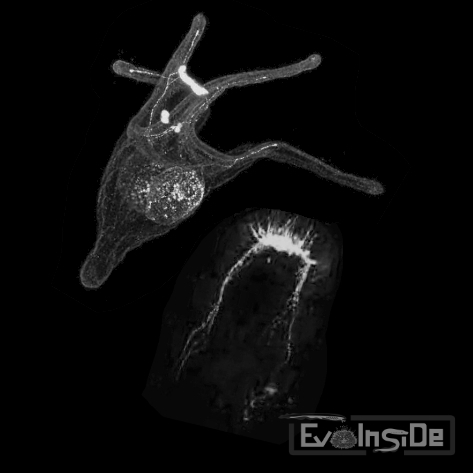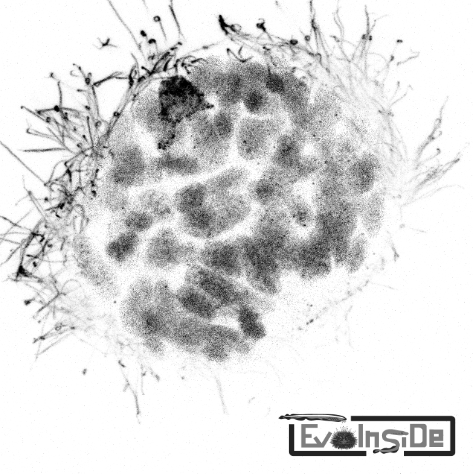Ongoing projects
The EvoInSiDe team is studying the development of the nervous systems of four animal models, all members of so-called “minor/non-classical” taxa: a cephalochordate (the amphioxus Branchiostoma lanceolatum), two echinoderms (the sea urchin Paracentrotus lividus and the crinoid Antedon mediterranea), and a mollusk (the mussel Mytilus galloprovincialis). While the nervous system of the cephalochordate is centralized, those of the sea urchin, the crinoid, and the mussel are characterized by alternative nervous system organizations.
